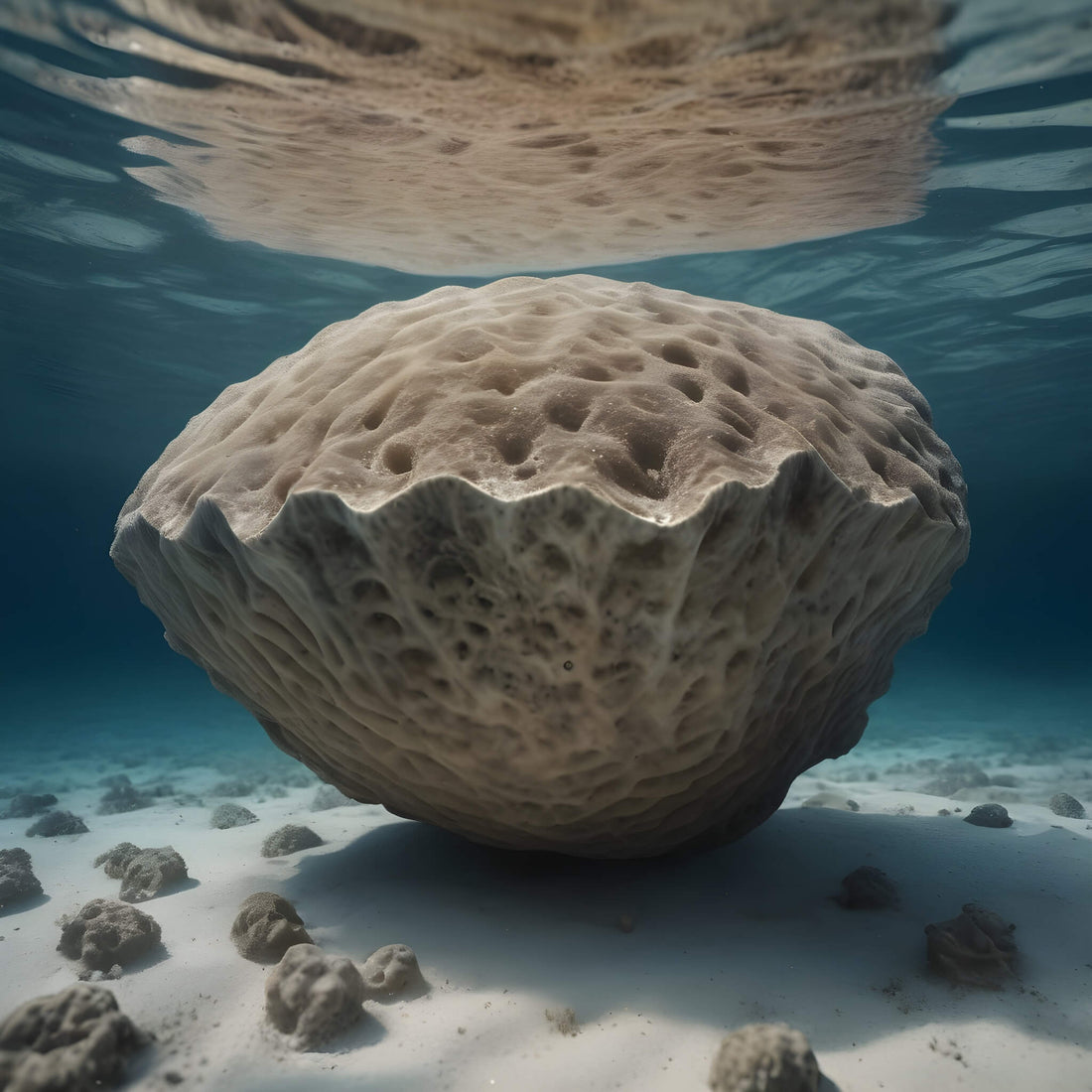Perfumery, often regarded as the art of crafting scents that evoke emotions and memories, is a realm where nature's most mysterious ingredients find their true allure. Among these enigmatic substances lies ambergris, a rare and precious treasure coveted by perfumers for centuries. Its fascinating origins and unique olfactory qualities make it one of the most sought-after ingredients in the world of fragrance.
The Origins of Ambergris
Ambergris, often referred to as "floating gold," is a waxy substance that originates as a secretion in the digestive system of sperm whales. This peculiar formation occurs as a result of an irritant, such as squid beaks or other indigestible elements, entering the whale's stomach. Over time, the whale's digestive enzymes transform these irritants into a smooth, grayish substance with a distinctive scent.
Contrary to popular belief, ambergris isn't excreted by the whale but rather expelled from its body through regurgitation or natural means. It then floats on the ocean's surface, where it undergoes a complex aging process influenced by exposure to sunlight, saltwater, and air. This transformation imbues ambergris with its characteristic aroma, described as a complex blend of marine, earthy, and musky notes.
The Elixir of Perfumery
Ambergris's allure in perfumery lies in its ability to enhance and fixate fragrances, imparting a unique depth and longevity to compositions. Despite its marine origins, ambergris possesses a warm and sensual aroma, often likened to the scent of damp wood, tobacco, and musk. This intriguing juxtaposition of marine and earthy notes makes it a prized ingredient in both masculine and feminine fragrances.
Perfumers carefully extract the essence of ambergris through tincturing or maceration, a process that involves soaking the raw material in alcohol to capture its aromatic compounds. The resulting tincture, known as "ambergris tincture," serves as a precious base note in perfumery, adding richness and complexity to blends.
The Art of Perfume Making with Ambergris
In the hands of a skilled perfumer, ambergris becomes a versatile tool for creating masterful compositions. Its warm and animalic character adds sensuality and depth to floral bouquets, while its marine facets evoke the vastness of the ocean in aquatic and marine fragrances. When paired with precious florals like jasmine and rose or exotic spices such as cardamom and saffron, ambergris lends an unparalleled sophistication to perfumes.
One of the most famous uses of ambergris in perfumery is in the legendary fragrance Chanel No. 5. Created by perfumer Ernest Beaux in 1921, this iconic scent features ambergris as a key ingredient, contributing to its timeless elegance and seductive allure.
The Ethical Dilemma
Despite its undeniable allure, the use of ambergris in perfumery raises ethical concerns due to its origin from sperm whales, an endangered species protected by international regulations. While natural ambergris is still occasionally found washed ashore, its scarcity has led to the development of synthetic alternatives in modern perfumery. These synthetic substitutes aim to replicate the aroma and fixative properties of natural ambergris without harming marine ecosystems or endangered species.
However, for purists and connoisseurs, nothing quite matches the complexity and allure of genuine ambergris. As a result, ethical sourcing and sustainable harvesting practices remain crucial considerations for those who seek to preserve the legacy of this ancient and mysterious ingredient.
The Timeless Allure of Ambergris
In the ever-evolving landscape of perfumery, ambergris stands as a testament to nature's capacity to inspire and captivate the senses. Its rich history, intriguing origins, and complex aroma continue to fascinate perfumers and fragrance enthusiasts alike, offering a glimpse into the mystical world of scent.
Whether derived from the depths of the ocean or recreated in laboratories, ambergris remains an essential ingredient in the perfumer's palette, symbolizing the timeless allure of luxury and refinement. As we embark on a journey of olfactory exploration, let us embrace the mystique of ambergris and celebrate its enduring legacy in the art of perfume making.

